Space exploration is renowned for pushing back the frontiers of scientific knowledge, but it has also turned our vision of humanity’s place in the Universe on its head. Nicolas André, who has been fascinated by the planets since the age of 12, explains what JUICE means to scientists, and what lies behind their research.
The JUICE mission’s successful launch on 14 April 2023 marked an important date in the life of Nicolas André, a planetary scientist at the Toulouse Institute for Research in Astrophysics and Planetology (IRAP).
Back in 2005, Nicolas was part of the scientific team that pitched the creation of a mission to Jupiter and its moons for the European Space Agency’s (ESA) Cosmic Vision 2015-2025 exploration programme. The pitch worked: in 2012, ESA decided to implement the JUICE (JUpiter ICy moons Explorer) mission, whose aim is to study the physical properties of Jupiter’s icy moons – Ganymede, Europa and Callisto – and confirm the possibility of habitable worlds around the gas giant.
Years of research and previous space missions such as NASA’s Galileo have already confirmed that some of these moons contain vast oceans of liquid water beneath their icy crust, with possible upwelling on the surface in the case of Europa. The JUICE mission will enable us to investigate and confirm these hypotheses.
Working hand-in-hand with scientists
ESA selected Airbus as prime contractor for the JUICE spacecraft in 2015 and worked closely with the scientists involved in the project. Benjamin Massart, Payload Technical Officer at Airbus Defence and Space, oversaw the development of some of the instruments on board JUICE and worked alongside the engineering teams.
“The coordination with the scientific teams and ESA was essential to create a technical environment that could guarantee the instrument’s performance,” says Benjamin. Defining the right housing for each of the ten instruments, managing all instrument interfaces with the spacecraft (mechanical, thermal, electrical, software and data handling), and verifying end-to-end functionalities and performance is critical for a mission of this scale.”
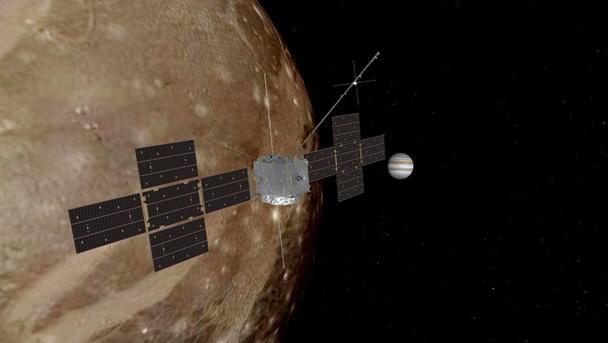
A field of new discoveries for science
After the Sun, Jupiter is the Solar System’s largest emitter of radio waves, meaning radio amateurs on Earth can listen in. “Understanding the mechanism of radio emissions will enable us to see if we are able to detect the same type of emission from planets orbiting other stars, the so-called exoplanets, and therefore to detect other objects much further away,” explains Nicolas.
Scientists are also interested in studying the plasma of Jupiter’s lunar system. The charged particles that make it up, their movement and their properties are governed by magnetic and electric fields in the Universe. The strength of the magnetic fields of Jupiter and Ganymede creates very violent phenomena which influence the movement of particles. “The chemical properties of the surfaces of Jupiter’s moons can even be modified in certain places by this bombardment, which will enable us to understand whether these moons may have had environments favourable to the emergence of life as we know it on Earth,” Nicolas continues.
Some of JUICE’s instruments, such as its onboard radar, will be used to validate the presence of liquid water under the icy crust of the three moons and to characterise the properties of these oceans, such as their depth and thickness.
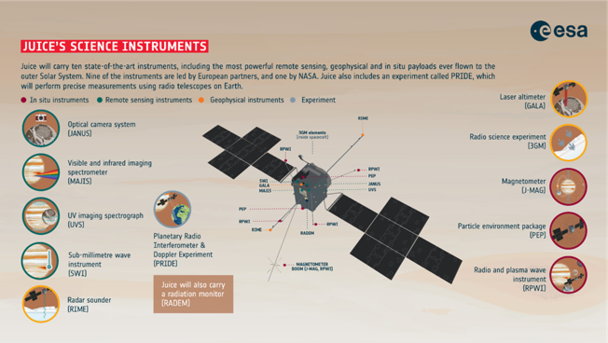
JUICE’s science instruments © ESA (acknowledgement: work performed by ATG under contract to ESA)
Are there other forms of life in the Universe?
This is a question that humankind has sought to answer for a long time. This is why scientists are interested in environments in the Solar System that contain water, and if possible liquid water, because this is the essential condition for the appearance of life as we know it.
But water alone is not enough, it takes other ingredients to make the magic happen. These include what scientists call ‘CHNOPS’, the six main chemical elements that make up living organisms: carbon, hydrogen, nitrogen, oxygen, phosphorus, and sulfur. JUICE’s MAJIS infrared camera will measure these elements’ presence by precisely studying the composition of matter on the surface of the moons. “This camera,” says Benjamin, “completes a set of optical instruments that will observe and analyse the Jovian moons in all possible wavelengths.”

Benjamin Massart at Kourou, French Guiana © Airbus
The third ingredient needed for life is a source of energy. In Jupiter’s case, this energy is gravitational. Tidal effects, like those seen in the Earth-Moon system, deform the moons as they orbit Jupiter. These deformations generate friction which heats their interior, allowing liquid water to exist there.
The final ingredient is a stable environment. “This is where the bombardment of charged particles can be a disturbance,” says Nicolas, “but the magnetic field of Ganymede, the only moon in the solar system to have its own magnetic field, helps to protect it in places.” However, nothing is impossible – there are equally unfavourable conditions on Earth. Lake Vostok, buried under almost 4 kilometres of ice in Antarctica with no light and entirely cut off from the surface, has revealed the existence of totally unknown organisms that were part of life millions of years ago.
A ‘family photo’ for the scientists
Once it arrives in the Jovian system in 2031, the JUICE probe will begin transmitting continuous data back to Earth, which will be stored at ESA. Scientists will be able to retrieve the data and process it to make it usable by the entire scientific community.
Making this data available is vital. As Nicolas points out, “the more researchers we have involved, the more results and discussions we have, which encourages the emergence of new ideas that will stimulate many generations of researchers.”
“At the end of the mission, we will have a good understanding of the conditions that allow life to emerge in the Solar System, a macroscopic view, a sort of family photograph. But for a more microscopic observation of the Jupiter system and the Galilean moons, we would need to go to the surface of one of the moons and drill down into the material to analyse it.”
The mission is also an opportunity for Airbus to further push back the boundaries of the technologies needed for space exploration. As Benjamin explains, “a mission of this complexity triggers technological development that will serve future missions in the domains of on-board intelligence and autonomy, power saving, and tolerance to harsh environments like extreme temperatures and high radiation.
These observations will keep astrophysicists busy for the next 15 years, and may well lead to the launch one day of another scientific mission to Jupiter and its moons.
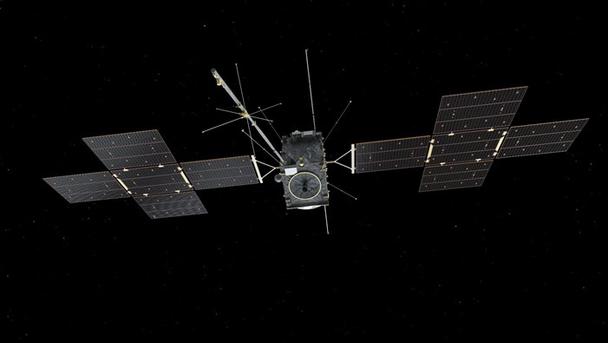
The role of IRAP scientists
The Toulouse Institute for Research in Astrophysics and Planetology’s (IRAP) involvement in the JUICE mission is particularly significant, as the Institute participated in the scientific definition of the space mission but also technical design of one of the ten instruments on board.
IRAP contributed two sensors to the Particle Environment Package (PEP) instrument suite, whose aim is to measure the neutral gas, energy particles and plasma in the Jovian lunar system. The first sensor, a camera, will remotely image the innermost regions of Jupiter and its icy moons for the first time, as well as the matter ejected from this environment, notably by the volcanic moon Io. The second sensor, an ion mass spectrometer, will measure the particulate matter and composition of plasma, the fourth state of matter made up of charged particles – ions and electrons – which accounts for 99% of the known matter in the universe.
“The technical contribution we make to the instruments is important for a research centre because it enables us to work at the heart of the instruments, so as close as possible to the final data. This gives us a better understanding of how the instruments work and the quality of the data,” explains IRAP’s Nicolas André. In addition, the instrument teams will be given exclusive access to the data for a period of around six months.









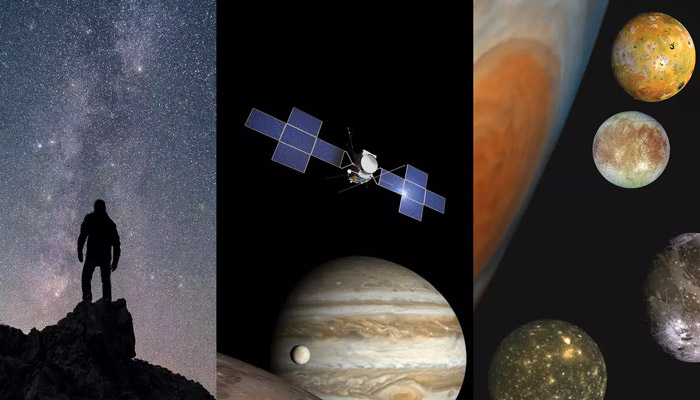
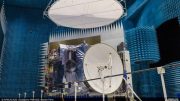

Be the first to comment on "In search of life, JUICE speeds towards Jupiter’s icy moons"